#kate barlass
Explore tagged Tumblr posts
Text
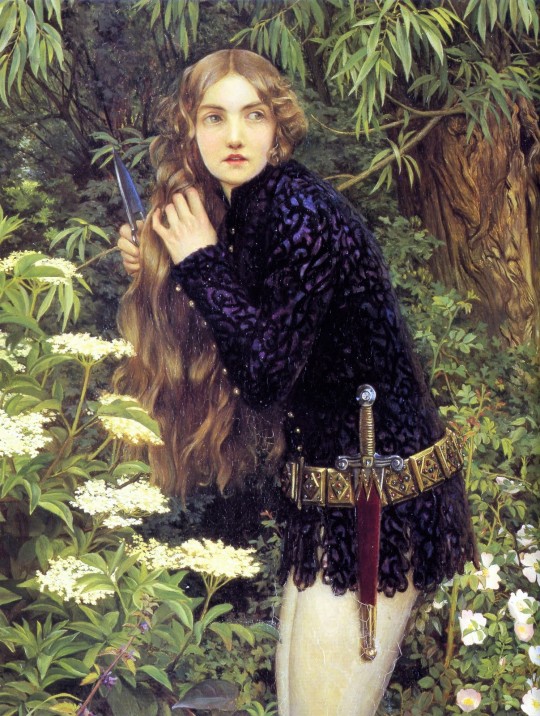



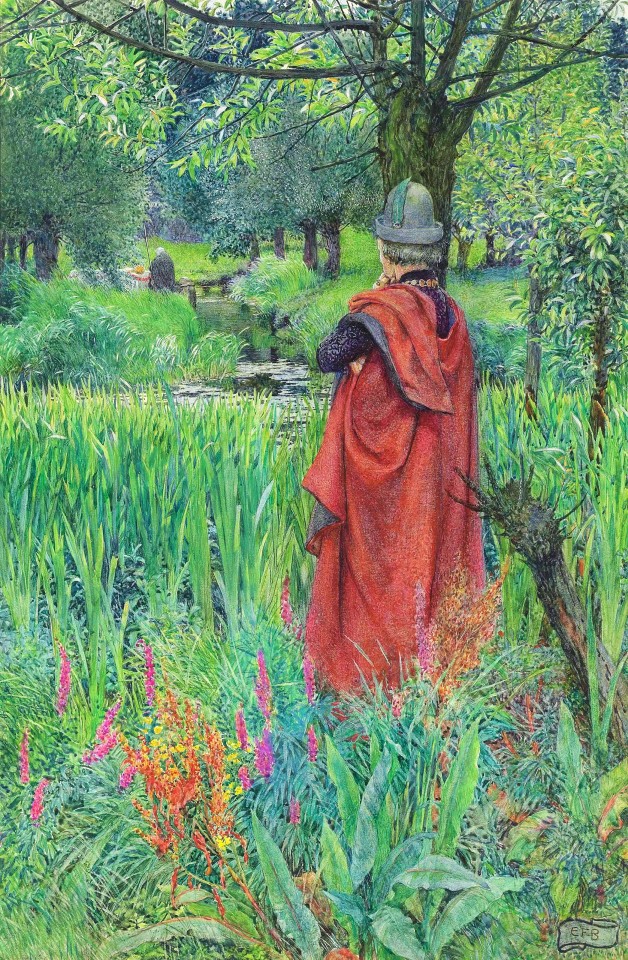
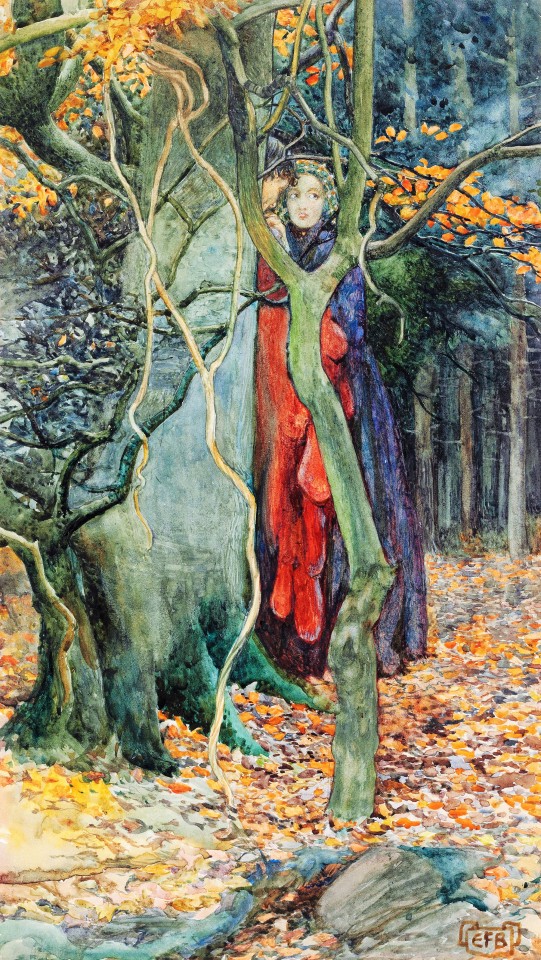
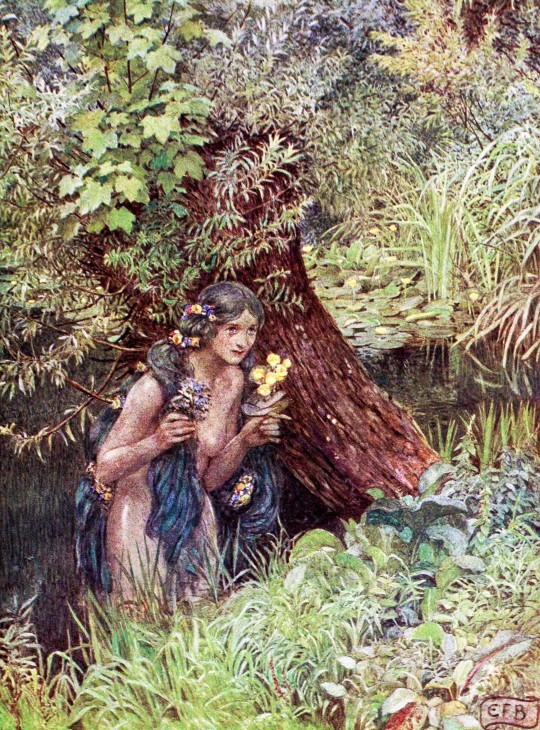


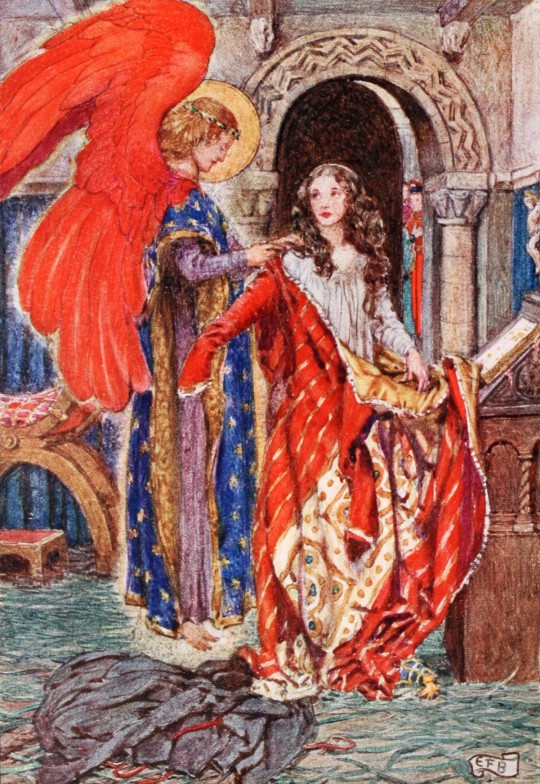

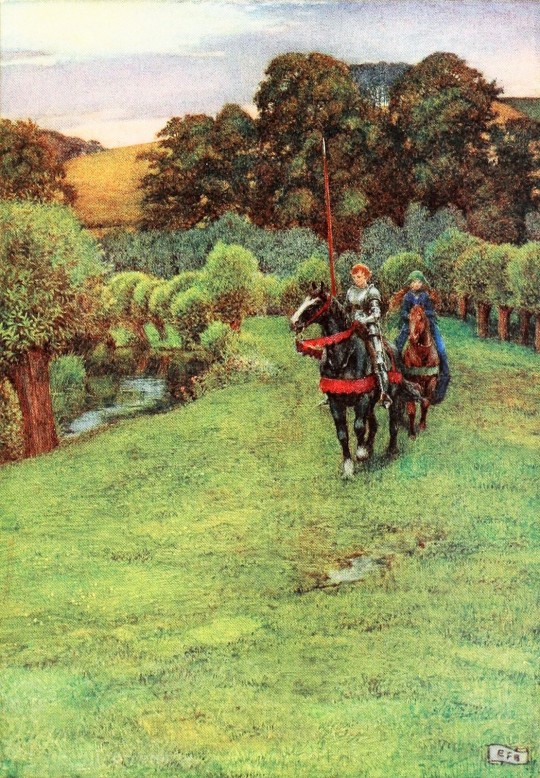
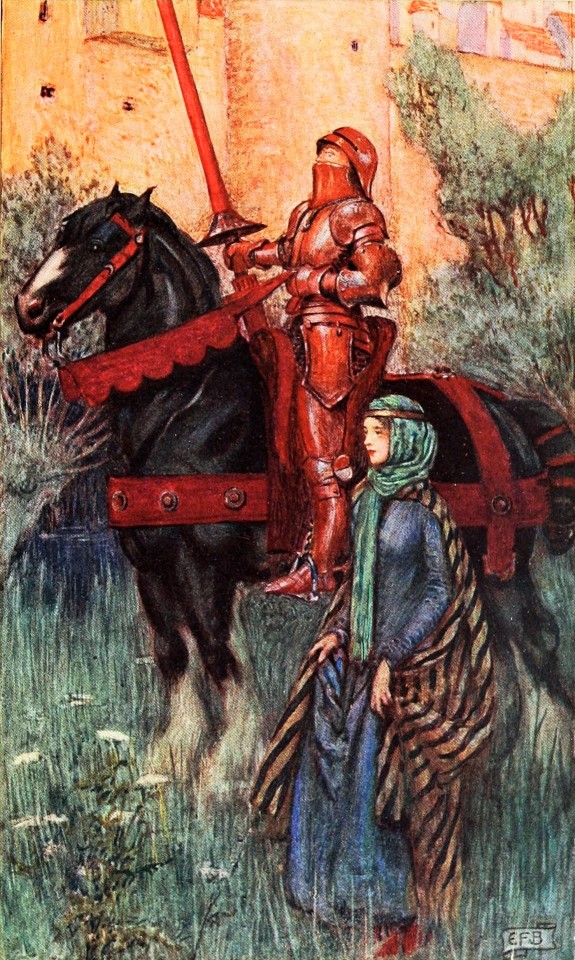
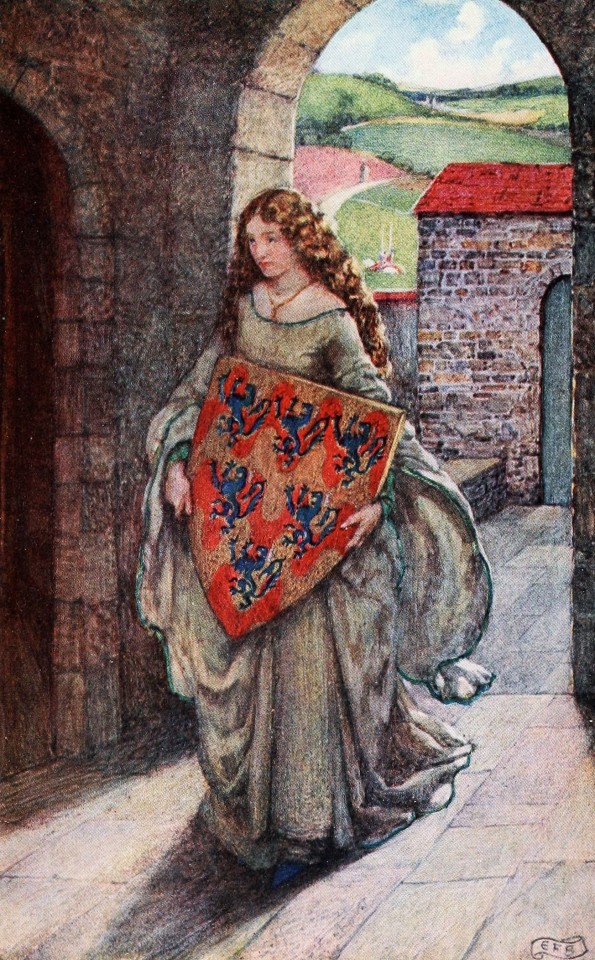
art by Eleanor Fortescue-Brickdale (1910s)
#eleanor fortescue-brickdale#arthurian legend#medieval art#book illustrations#20th century paintings#merlin the enchanter#queen guinevere#idylls of the king#kate barlass#golden book of famous women#the book of old english songs and ballads#1910s
4K notes
·
View notes
Photo

Katty bar the Door! painting by Eleanor Fortescue Brickdale
Catherine Douglas, later Catherine "Kate" Barlass, was a historical figure who tried to prevent the assassination of King James I of Scotland on 20 February 1437. She was a lady-in-waiting to Queen of Scotland, Joan Beaufort.
She was a member of the powerful Clan Douglas. Her mother was a daughter of David Lindsay, 1st Earl of Crawford and his wife Elizabeth Stewart daughter of Robert II, making her a first cousin once removed of the King.
Legend has it that during the King's stay at a Dominican chapter house in Perth, a group of men led by Sir Robert Graham came to the door searching for the King in order to kill him. The King's Chamberlain, Robert Stewart, Master of Atholl, had removed the bolt from the door of the room in which James and his queen were staying.[1]
James fled into a sewer tunnel as the queen and her ladies quickly replaced the floorboards to hide his location.[2] Catherine sprang to the door and placed her arm through the staples to bar the assassins' entrance.[3] However, they forced the door open anyway, breaking Catherine's arm, and discovered and killed the King. From that point on, according to the story, Catherine took the surname of "Barlass".
The idiomatic phrase "Katy, bar the door!" (a warning of the approach of trouble) may have its origins in the story of Catherine Douglas.[4]Dante Gabriel Rossetti recounted the story of Catherine Douglas in verse in 1881, under the title "The King's Tragedy". This poem contains the line "Catherine, keep the door!"
7 notes
·
View notes
Text
CATHERINE DOUGLAS OR KATE BARLASS - CLAN CARRUTHERS CCIS
CATHERINE DOUGLAS OR KATE BARLASS – CLAN CARRUTHERS CCIS
History, Myth and Modern Folk Tale Historical Sources and the Legacy of one Dodgy Dundonian THIS CATHERINE IS NOT THE CARRUTHERS ANCESTOR Romance, myth and history have been closely interwoven in the many re-tellings of the life and reign of King James I that began almost immediately after his brutal slaying in Perth. James I, both as a ruler and as a man, had a character suited to…

View On WordPress
#Ancient and Honorable Carruthers Clan Society International LLC#BARLASS#carruthers#Carruthers Clan#Clan Carruthers#Douglas#KATE#KING JAMES#MACKENZIE#ROBERT GRAHAM#scotland
0 notes
Photo







Golden Book of Famous Women, by Eleanor Fortescue-Brickdale, including:
1. Heloise and Abelard
2. Laura and Petrarca
3. Joan of Arc
4. Katherine of Aragon
5. Bottom and Titania
6. Maud is only seventeen
7. Kate Barlass
7 notes
·
View notes
Photo

And on this anniversary of Joan Beaufort’s death, I think this is a good time to also talk about this abysmal depiction of Kate Barlass blocking the door on the night of James I’s murder.
A bunch of angry men trying to break through a door to murder the king, and Katie here looks absolutely unconcerned, posing for the paparazzi with her tits half out.
#She looks like she's about to admire her nails#Which victorian artist do I need to haul over the coals for this#Scottish history#British history
12 notes
·
View notes
Photo

On February 20th 1437, King James I was murdered in Perth, by a group led by Sir Robert Graham. James had spent around 18 years as a prisoner in England, his uncle, the Duke of Albany ruled in his absence and was in no hurry to hand the reigns back to his nephew, even going so far as to trade and English noble Henry Percy, Earl of Northumberland in return for his own son, Murdoch, rather than his King. The Duke of Albany remained in charge of Scotland as Governor until his death in 1420 when he was succeeded by his son Murdoch, it would be another four years before a ransom was agreed to bring James I back to Scotland, and you can imagine he wasn't happy with the Albany family. Upon his return, James had Murdoch and several other powerful nobles beheaded. He then made laws restricting the power of the nobles. This did not please the nobles, especially the Earl of Atholl and Sir Robert Graham.
There are many versions telling the story of the assassination,earlier versions vary from versions written well after it happened. This could be attributed to Queen Joan who was actually there when it occurred. She survived and wanted vengeance.
Perth was a favorite city of King James and he may have considered making it his capital. James had spent Christmas at the Blackfriars monastery and the Royal party stayed on into February, James was a keen tennis player and this was to prove fatal for him. On the evening of February 20, 1437 they heard a commotion outside as horses approached and torches were lit outside their window. The King and his party made to lock themselves away fearing for the King's safety but found the locks had been tampered with. The women, and one particular Catherine Douglas held the door, Catherine put her arm through a bar to stop the door being opened easily while James sought to escape by pulling up floorboards uncovering the drains below. He would have escaped had he not had the opening blocked just days before. He kept losing tennis balls down the drain so he stopped it up. By this time the door had been broken down, breaking young Catherines arm and the assailants were now bearing down on him, the King was trapped in the sewer and was killed. While this was going on the Queen had made her escape.
The people of Perth had heard about the commotion and headed for the monastery. The conspirators then fled.
They didn’t get far. They certainly had no plans for the aftermath of the murder and didn’t count on the wrath of the queen. Joan made sure her son was safe, established the support of some powerful men and called for the apprehension and arrest of the assassins. She had James’ butchered body displayed before he was buried in the Carthusian priory in Perth. The hunt began for the assassins. They were all captured. Some of them may have been tortured but they all were executed. Joan made her way to Edinburgh and had her son James II crowned at Holyrood Abbey on March 25, 1437.
The picture is a depiction of Catherine Douglas, her arm being used as a bar to keep the door from opening, here after she became known as Catherine Barlass.
The event was commemorated in Dante Gabriel Rossetti's poem The King’s Tragedy, 1881. The full poem is 173 stanzas, but this selection shows the possible links with Katy bar the door: Then the Queen cried, "Catherine, keep the door, And I to this will suffice!" At her word I rose all dazed to my feet, And my heart was fire and ice. ... Like iron felt my arm, as through The staple I made it pass:- Alack! it was flesh and bone - no more! 'Twas Catherine Douglas sprang to the door, But I fell back Kate Barlass.
40 notes
·
View notes
Photo

Eleanor Fortescue-Brickdale (1872-1945) Kate Barlass
68 notes
·
View notes